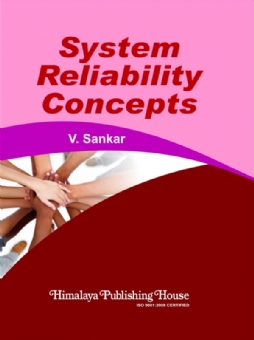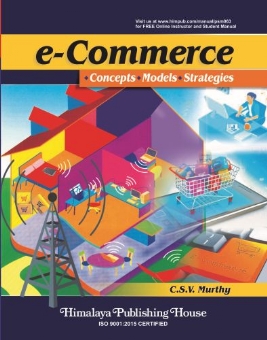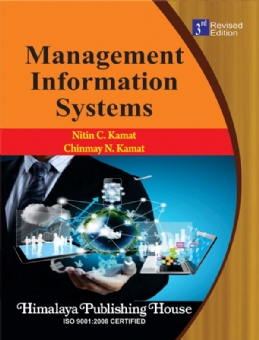System approach of modeling and analysis has been gaining much importance over the past few decades. Systems Society of India has also been initiated long back and the author is also a member of the society.
The author has done his research work in the area of system reliability applications to power system networks. He has the opportunity to extend the work various other fields of applications like, Industrial Engineering, Computer Science, Transportations problems, etc.
In industrial engineering problems, maximal-flow minimal cut theorem has been used which is based on the cutsets of networks. Cutsets are extensively used in developing theories of electrical circuit analysis initially. Cutsets are also useful in system analysis of probability of failure. Further, major advantages of cutset approach is that they directly represent the failure modes of the systems. Thus, not only systems can be analysed using cutset, criticality analysis can also be dealt with.
Graph theory, although, it can be stated to have been originated from electrical circuits, now it is a specialized topic in computer science field. Systems also can be classified as non-graph and graph systems essentially. Thus, Graph theoretic concepts can be applied to system reliability analysis wherein electrical, electronic and computer networks can be representable by graph systems.
Further, system reliability analysis will be based on the statistical data of its components from which probability distributions have been derived in the literature, i.e., the subject deals with essentially on fundamental concepts keeping the applications in mind. The applications will be system-oriented with respect to specific nature of the system that is under consideration.
Further, applications of Markov models in reliability analysis plays vital role in every field. In Civil Engineering field applications of structural reliability, risk assessment in disaster management, etc. Quality control is another area which is to be considered in any system. In Mechanical engineering, product design, product reliability, etc. Design for reliability of the systems will be of prime concern.
Electronic component testing and reliability analysis will be very useful. Several applications of reliability models with respect to computer-communication networks has also been available in the literature.
Statistical Quality Control methods also require basic principles of probability theory. Even in software industry, verification and validation of the software for testing, debugging and reliability analysis can be carried out. Further, reliability and fault tolerant computing, software reliability, information and web security can also be studied based on system reliability applications.
The author feels that the text book will be useful for all Universities in the country as the subject not only discussed at length but also presented with several worked out examples. Several questions, exercise problems, objective type questions have also been provided at the end of each chapter for the benefit and better understanding of students. The author predicts that in future every industry will be increasing their employment by considering Reliability Engineers, Reliability Programmers and Reliability Analysts, etc., for predictive assessment and for improving the performances.
Contents :
1. Introduction
2. Basic Probability Theory
3. Network Reliability − I
4. Network Reliability − II
5. Time Dependent Probability − Basic Concepts
6. Network Reliability − III
7. Concepts of Markov Modeling
8. Multi Component System Reliability Analysis
9. Approximate System Reliability Analysis
Abbreviations
Nomenclature
Appendices







